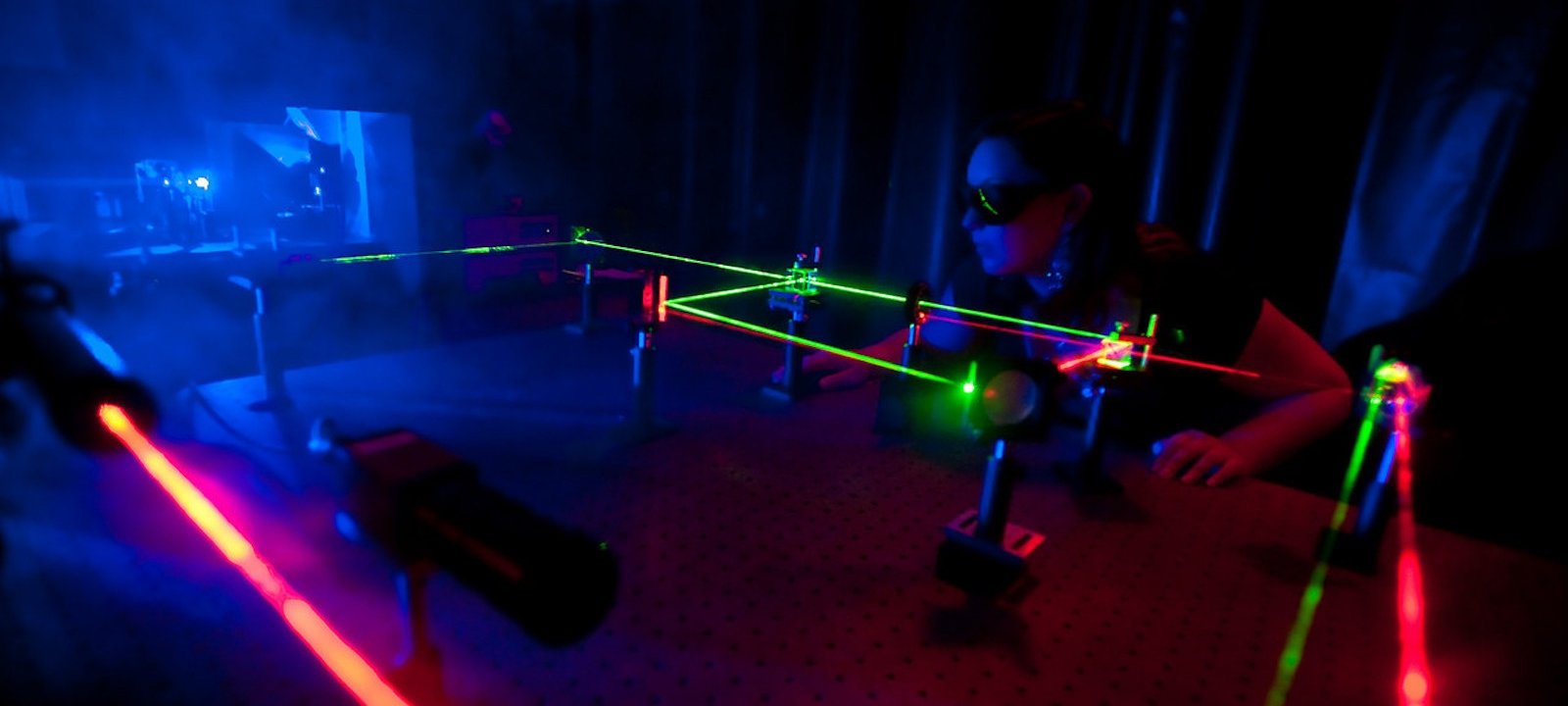Electronic and photonic QMs and devices

This research focus in quantum computing techniques, and
how to use ab-initio tools, tight-binding, and many-body
correlated states computations to understand the electrical and optical
properties of QDs and nanostructures for technological applications. The trainees will
be able to anchor their training in Auger processes in nanocrystals and
self-assembled quantum dots to name a few. QMs are often ‘heterogeneous’, i.e.
either they completely lack long-range order and have the same key features as
crystalline materials only at medium or short length scales, or they contain
partial low symmetry environment, due to imperfections, which often define and
affect the electronic/photonic quantum phenomena such as coherence,
interaction, entanglement, and topological effects.